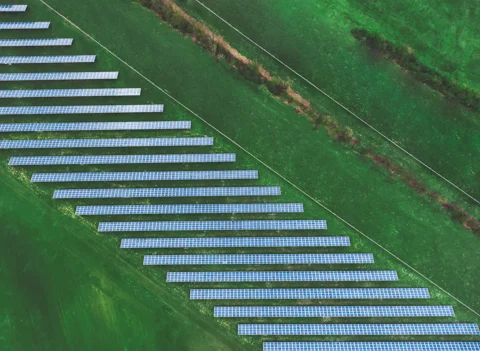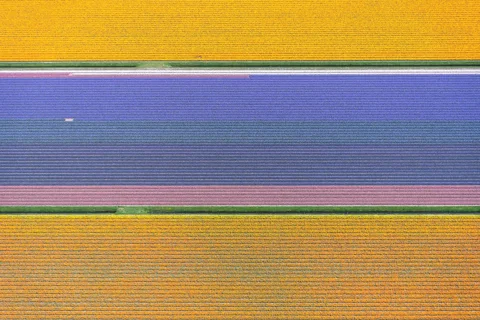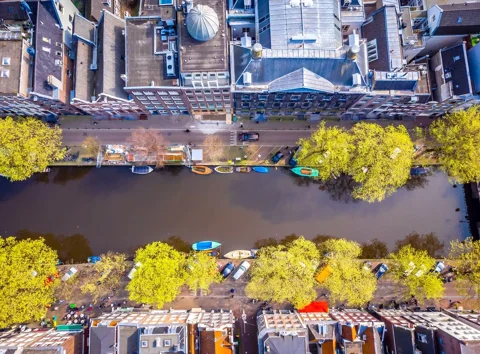Current issues related to economics, (responsible) investment, pensions and income: every week an APG expert gives a clear answer to the question of the week. This time: Chief Economist Thijs Knaap talks about the pension funds’ rising coverage ratios.
Many pension funds had good news on Thursday: their coverage ratio - which reflects the financial position of a fund - has risen in the past quarter. The actuarial interest rate is used to determine whether a fund’s current assets are sufficient to pay out pensions (the so-called liabilities) (in the future). The higher the interest rate, the less capital a fund needs to have and the higher the coverage ratio. It’s like saving for a vacation: the higher the interest, the less you have to put aside each month. Based on the coverage ratio, a pension fund decides whether to increase pensions. This is therefore an important percentage.
Returns
“It’s a bad economic time,” Knaap says. “There is a war in Ukraine, and there is a scarcity of personnel and goods because the economy suddenly started to run at full speed after Covid. On top of that, China is in lockdown after the last Covid outbreak there. This creates additional scarcity. The fact that the economy took a hit due to these factors is also reflected in pension fund returns for the past quarter. For example, the bond and share portfolios showed losses of around 5 to 6 percent. You don’t want to have quarters like that too often. In the past, there were quarters in which shares fell by 20 percent, but then you often had bonds that actually increased in value.”
Now the value of all investments is falling, with the exception of so-called alternatives such as commodities, private equity and infrastructure. “But you can’t make it with just good returns on those. Many funds are having negative returns and that has repercussions for their assets: they are falling. But the funny thing is that the coverage ratio is not only based on the assets of a pension fund, but also on the liabilities. This amount is calculated using interest rates and these are now rising so quickly that money is growing faster and less needs to be put aside by the funds to pay pensions. In other words, the liabilities are falling, so the coverage ratio is rising and has even reached a level that we haven’t seen in some funds since 2008, just before the credit crisis. What is going on with the funding ratio right now is quite curious: negative returns but a higher funding ratio. That’s exactly the opposite from the one we saw over the past decade. In those years, pension funds achieved excellent returns but their funding ratios fell. However high the returns were, the liabilities rose even more sharply as a result of the falling interest rates.”



